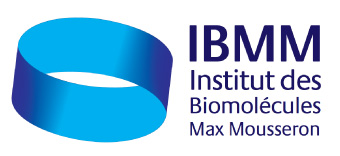Structure-function of conotoxin-membrane protein interactions – lessons for therapeutic peptide development
Séminaire Chimie ED459 / LabEx CheMISyst
Prof. Richard
Le Jeudi 26 Septembre 2019 à 15h15
ENSCM, Amphithéâtre Godechot (campus Balard, 240 av. Émile-Jeanbrau)
Date de début : 2019-09-26 15:15:00
Date de fin : 2019-09-26 16:30:00
Lieu : ENSCM amphi Godechot (campus Balard, 240 av E. Jeanbrau)
Intervenant : Prof. Richard
Institute for Molecular Bioscience, University of Queensland, Brisbane, Australia
Cone snails inject highly sophisticated venoms comprising many thousands of peptides known as conotoxins into their prey through a hollow barbed harpoon. Remarkably, conotoxins have separately evolved for prey capture or defence, with defensive peptides likely facilitating the shift in prey preference from worms to molluscs and fish. Conotoxins allosterically modulate > 15 different membrane proteins, including ion channels, GPCRs and transporters, with several entering clinical trials for the treatment of severe pain. In this presentation, the structure-function of potential analgesic conotoxins targeting voltage gated calcium channels and the noradrenaline transporter highlight the strengths and weaknesses of developing peptide-based therapeutics.
Biosketch.
Professor
Contact local IBMM : Dr. Sébastien

